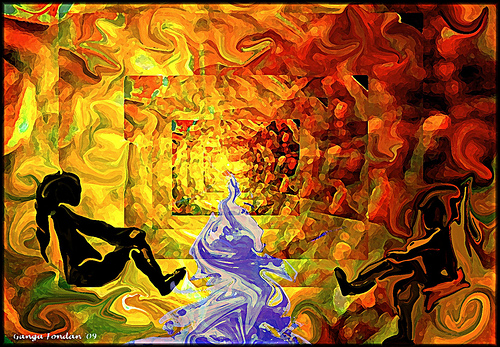Of Memoir, Climax, and “Battle Hymn of the Tiger Mother”…
Writing teacher and mentor, Clive Matson, always said that if a writer found her or himself wanting and/or needing to explain her or his story that the reader might gain the author’s intended message, the author needed to revise their story further.
Completing a manuscript requires more than simply writing the story, editing and revising it for clarity regarding grammar and typos, or even for development of plot.
Within each story or novel lives the narrative of that story, and how it came into being.
The author’s understanding and exploration of this process informs
Of Memoir, Climax, and “Battle Hymn of the Tiger Mother”… Read More »


